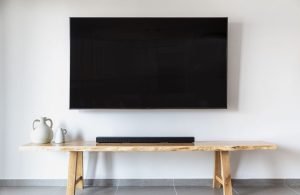Last Updated on September 11, 2024 by teamobn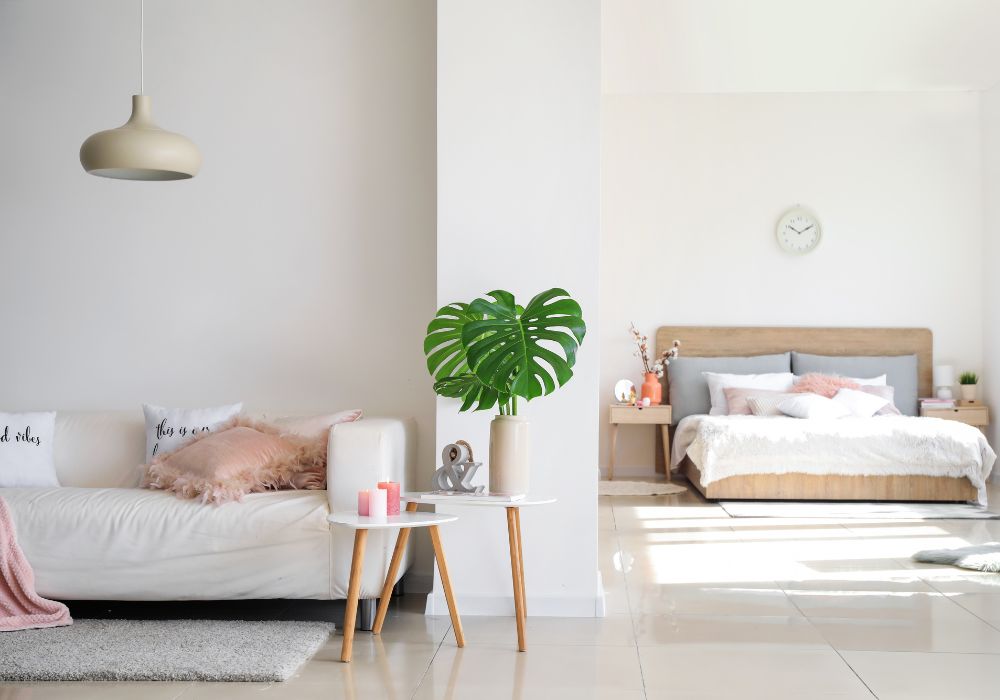
Though it’s an interesting activity for personalizing your living area, apartment decorating can become a hassle if you are not careful. Common decorating errors can clutter your space or diminish the potential of your house, regardless of whether you’re outfitting a small studio or a large multi-bedroom. From over-furnishing to ignoring the impact of lighting, these mistakes might make even the most fashionable room less inviting.
This guide offers practical advice to help you avoid the most typical mistakes in apartment decoration. By the end, you can reflect your style and satisfy your needs with the right considerations.
Contents
Mistakes in Apartment Decorating
Apartment decorating is an art. There are many factors that can easily lead to interior space disasters if they are not considered. Below are the mistakes most people make when improving the look and function of their apartments:
Choosing the Wrong Size Furniture
Apartment decoration depends much on the size of furniture chosen. It’s not only about choosing furniture that scales harmonically with your space to create a useful and aesthetically pleasing environment; it’s also about identifying pieces that fit physically.
While pieces too small can make your apartment seem empty and disconnected, inappropriately big furniture can overwhelm a small apartment. Here’s how you can guarantee your furniture selections improve your living space and avoid this typical apartment decorating mistake.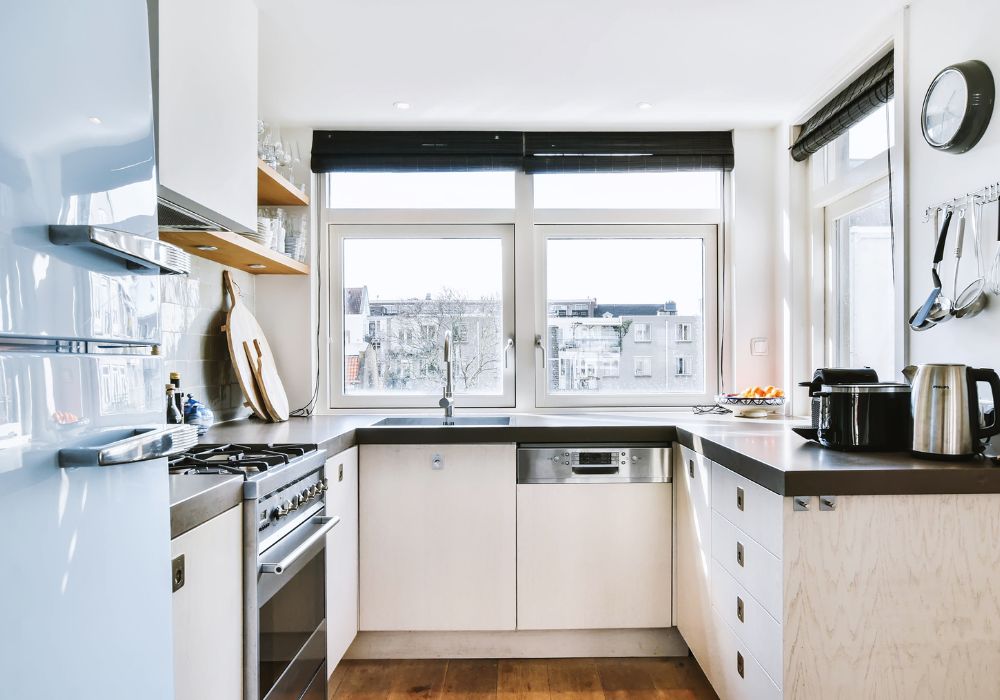
Understanding the Importance of Scale and Proportion
Particularly in apartment decorating, good interior design is based on scale and proportion. Big, heavy furniture can take over a room and make it seem smaller than it ought to be. Conversely, too small furniture may seem out of place and fail to offer the comfort and use you require.
Think on the whole size of your room and any current furniture you want to keep before making purchases. This will enable you to grasp the scope and how fresh ideas might either complement or contradict the existing design.
Measuring Twice: Planning Your Layout
Detailed planning and measurement are among the best ways to guarantee you select the correct size furniture. First, measure your room’s size and any current furniture.
Try several layouts using a floor plan or an online room planner. In apartment décor, this stage is essential since it helps you see the area and prevent buying objects that do not fit your vision.
Choosing Furniture for Small Spaces
Choose furniture for a small apartment that will have several uses. To maximize the use of your space, a sofa bed might, for instance, serve as seating during the day and turn into a bed for overnight visitors.
Think about also selecting pieces with storage, such as beds with drawers under or ottomans with secret compartments. Important in smaller living spaces, these can help you keep a clutter-free surroundings.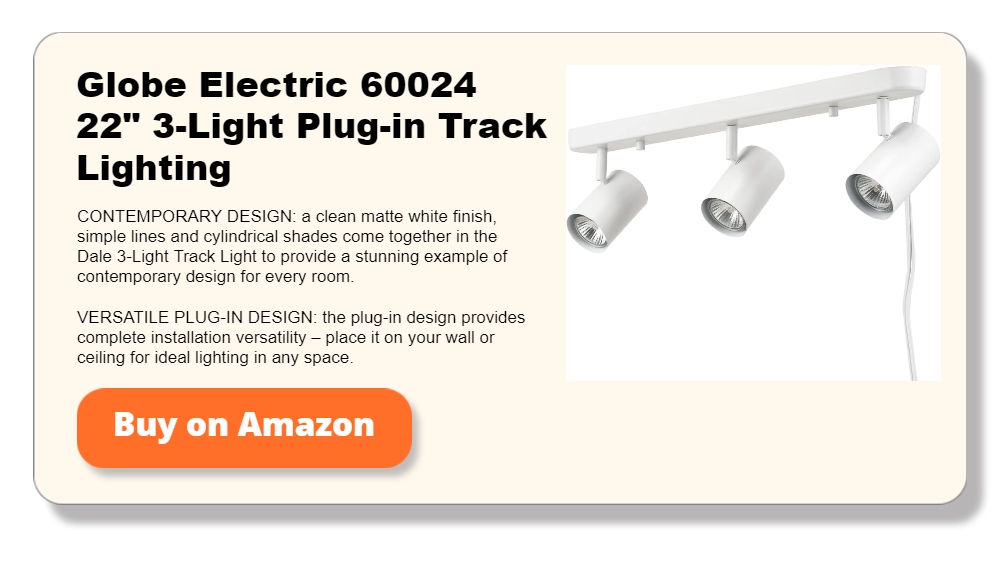
Overlooking Lighting
Lighting plays a pivotal role in apartment decorating, shaping the ambiance and mood of your living space. Yet, it’s often overlooked or left as an afterthought. Proper lighting can transform a drab apartment into a warm and inviting home, highlighting design elements and making spaces feel larger and more open.
Here’s how to effectively address lighting in your apartment decorating plan to ensure every room feels comfortable and well-lit.
The Role of Lighting in Creating Ambiance
Lighting in apartment decorating isn’t just about functionality; it’s about setting the right tone and atmosphere. Different types of lighting, ambient, task, and accent, serve different purposes and create varied moods. Ambient lighting provides overall illumination of a space and is typically delivered through ceiling fixtures.
Task lighting is more focused, meant to light up areas for specific tasks like reading or cooking. Accent lighting is used to highlight architectural features or artwork, adding depth and dimension to a room.
Layering Your Lighting
One effective strategy in apartment decorating is to layer your lighting, which involves using different kinds of light sources together. This not only ensures that the space is adequately lit but also adds visual interest and functionality.
For example, in a living room, you can combine a central chandelier or ceiling lights for ambient light with floor lamps or table lamps for task lighting. Adding wall sconces or track lights can provide accent lighting that enhances the room’s aesthetic.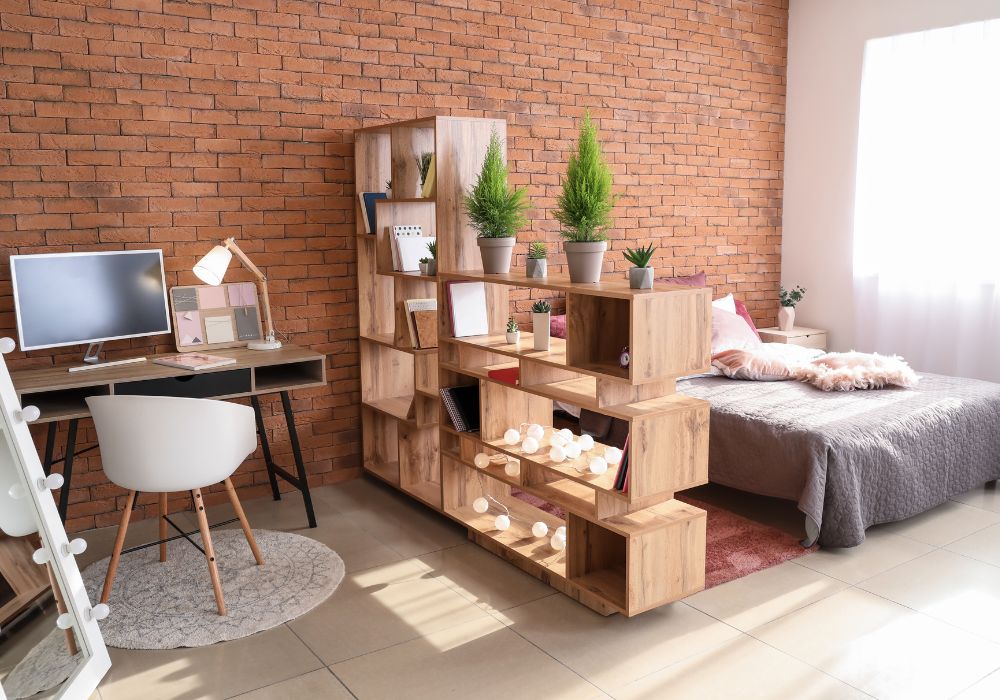
Choosing the Right Light Fixtures
Selecting the appropriate light fixtures is crucial in apartment decorating. The style, scale, and type of fixtures should complement the overall decor theme of your apartment. For instance, a minimalist apartment might benefit from sleek, modern fixtures with clean lines, while a more traditional space might suit ornate lamps with soft, diffused light.
It’s also important to consider the color temperature of bulbs. Warmer lights (lower Kelvin value) create a cozy, inviting feel, suitable for living rooms and bedrooms, while cooler lights (higher Kelvin value) are energizing, better suited for kitchens and bathrooms.
Utilizing Natural Light
Utilizing natural light is an essential aspect of apartment decorating that not only saves on energy costs but also creates a welcoming and healthy living environment. To fully capitalize on this free resource, it’s crucial to employ various strategies that enhance the inflow of sunlight into your space, making it appear brighter and more spacious.
When decorating your apartment, choose window treatments that maximize natural light. Sheer curtains or translucent blinds are ideal as they allow sunlight to filter through while providing necessary privacy. Avoid heavy, dark drapes that absorb light and consider using tie-backs to hold curtains open during the day, ensuring that no light is blocked.
Mirrors are a powerful tool in apartment decorating for amplifying natural light. Position mirrors directly across from windows to catch the incoming light and bounce it deeper into the room. You can also place mirrors near light sources like beside a lamp to reflect light during the evenings, maintaining a brighter atmosphere even after sunset.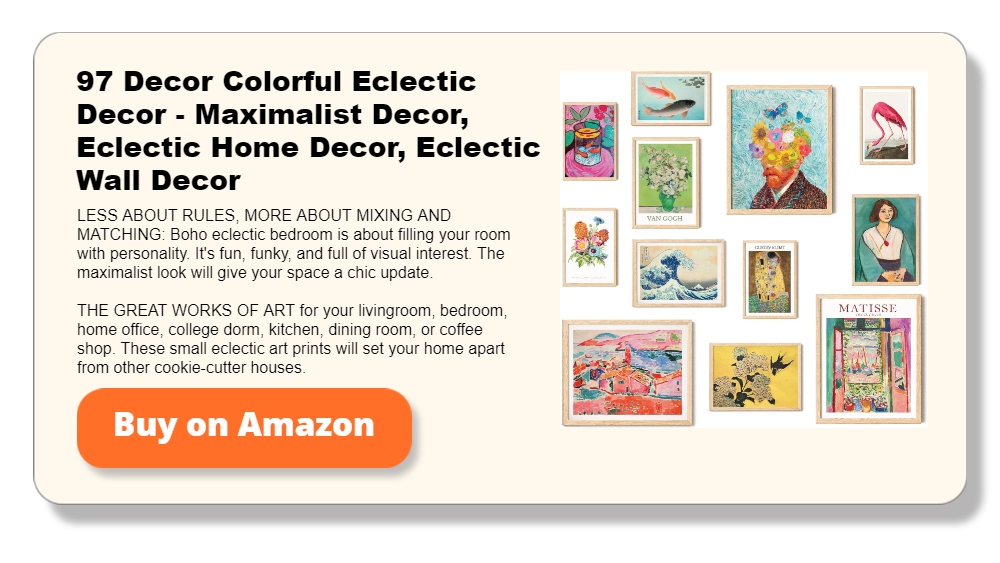
Incorporating light-colored walls, floors, and furniture can significantly enhance the natural light in your apartment. Light colors reflect more sunlight than darker shades, helping to brighten up space. Glossy or reflective surfaces, including high-gloss paint, shiny tiles, or metal fixtures, also contribute to this effect by reflecting light around the room.
Sometimes, the amount of natural light in an apartment can be hindered by external factors. Regularly check that nothing outside the window, such as overgrown foliage or clutter on balconies, is blocking the sunlight. Trimming trees and clearing any obstructions can instantly boost the natural light entering your apartment.
Ignoring Storage Needs
Ignoring storage needs is a common oversight in apartment decorating that can lead to clutter and a lack of functional space. In many apartments, where square footage is at a premium, maximizing storage is essential to maintain an organized and spacious environment. Effective storage solutions can seamlessly integrate into your decor, enhancing both the utility and style of your home.
Here’s how to address storage needs effectively in your apartment decorating plan.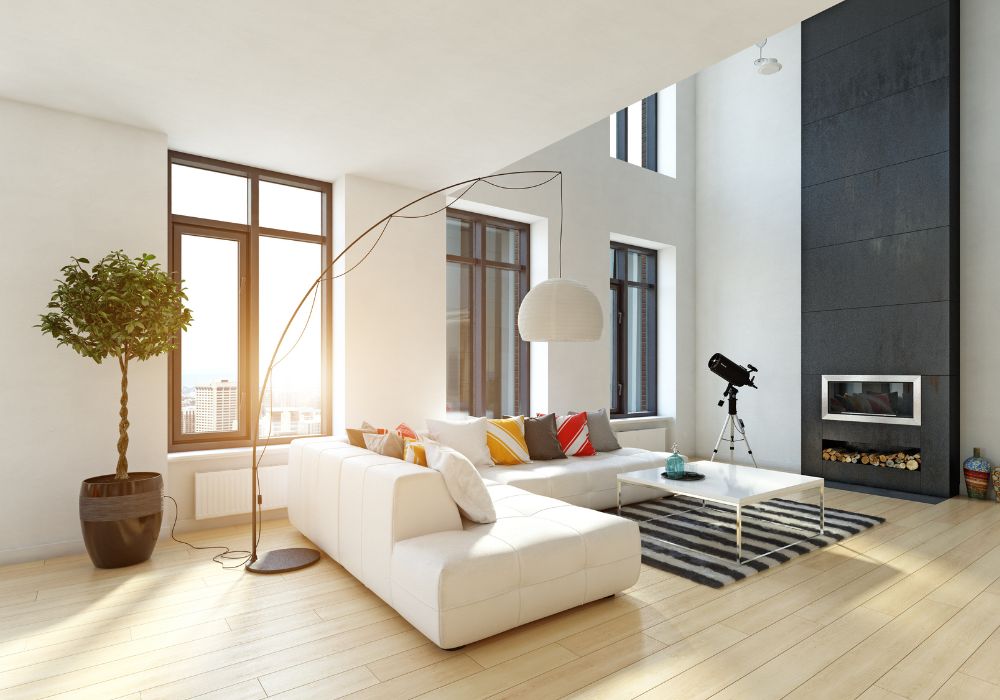
Strategies for Maximizing Storage in Small Spaces
In apartment decorating, smart storage solutions are crucial to making the most of limited space. Start by identifying unused areas that could serve as potential storage spots. For example, vertical space is often underutilized and can be equipped with shelves or cabinets that reach up towards the ceiling.
Additionally, furniture that doubles as storage, like ottomans with hidden compartments or coffee tables with drawers, can be particularly useful in apartment decorating. These pieces offer a place to stash items out of sight while keeping them easily accessible.
Creative Storage Solutions that Enhance Decor
Innovative Solutions for Storage that Improve Decorational storage is just as important as functionally based storage. Regarding apartment décor, selecting storage options that fit your overall design concept will improve the look of your room.
Open shelf, for example, lets you show books and decorative objects, so including them into your apartment décor plan. Likewise, beautiful baskets and containers can hold daily objects, so combining design with utility.
Utilizing Multi-Purpose Furniture
A revolution in apartment decoration is provided by multifarious furniture. These pieces improve the efficiency of your living space in addition to saving room. Imagine a dining table that can expand for visitors but folds down for daily use or a bed with built-in drawers for extra linens and clothes. In apartment decoration, foldable furniture guarantees efficient use of every square inch without sacrificing comfort or design.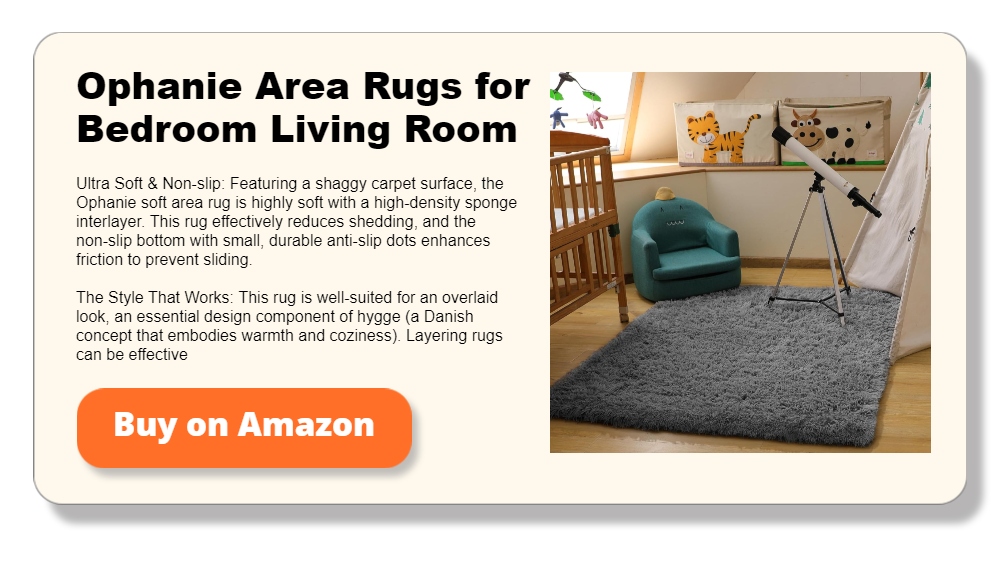
Utilize Hidden Spaces
Many apartments contain underutilized nooks that can be transformed into valuable storage areas. For instance, the space under a window sill can be fitted with a bench that opens up for storage. Similarly, the area above door frames can support high shelves for items you don’t need daily access to, like seasonal decorations or extra bedding.
Incorporate Vertical Storage
Using the full height of your walls can drastically increase your storage capacity. Install tall shelving units or stackable storage cubes that reach near the ceiling. This type of storage draws the eye upward, making the room feel larger, and utilizes space that would otherwise go to waste.
Adjustable Shelving
Investing in adjustable shelving systems allows you to customize your storage to fit your belongings perfectly, which is particularly useful in apartment decorating where flexibility is key. Adjustable shelves can accommodate items of various sizes, from books to large vases, ensuring that everything has a spot.
Use Furniture as Dividers
Large storage pieces like bookcases or shelving units can serve dual purposes by also acting as room dividers in open-plan spaces. This approach maximizes functionality while helping to define different areas in your apartment, such as separating the living area from the sleeping area.
Opt for Hanging Storage
Hanging storage solutions can be especially beneficial in kitchens and bathrooms where cabinet space is limited. Hooks and racks mounted on walls or over doors can hold everything from pots and pans to towels and toiletries, keeping these items handy while freeing up cabinet space for less frequently used items.
Magnetic and Pegboard Panels
Utilizing magnetic panels or pegboards is a clever way to store tools, kitchen utensils, or office supplies. These systems are particularly versatile and can be customized with various accessories to suit your storage needs, providing a functional yet stylish element to your apartment decor.
Too Much Clutter
Too much clutter is a frequent stumbling block in apartment decorating, detracting from the beauty and functionality of your living space. Having too much furniture, decorations, and other belongings can make even the most well-decorated apartments feel cramped and uncomfortable. Tackling clutter effectively not only enhances the visual appeal of your home but also contributes to a more relaxing and productive environment.
Here’s how you can minimize clutter and maximize style in your apartment decorating.
The Downside of Too Many Decor Items
In apartment decorating, it’s easy to overdo it with decor items, especially when you want your space to feel personal and lived-in. However, too many small items can create visual noise and make rooms feel disorganized.
To combat this, adopt a more minimalist approach. Choose a few key pieces that really speak to your style and arrange them strategically. This allows each piece to stand out more and reduces the cluttered feel.
Choosing and Arranging Accessories Wisely
Effective accessory management is crucial in apartment decorating. When selecting accessories, consider their size, color, and relevance to the room’s theme. Instead of spreading small decor items throughout the space, group them in clusters.
For example, a grouping of vases or picture frames can create a focal point without overwhelming the space. Also, be sure to rotate decor items seasonally or according to your mood. This not only refreshes the decor but also prevents accumulation of items that are not in use.
Implementing Decluttering Strategies
Regular decluttering sessions are essential in maintaining a well-appointed apartment. Set aside time each month to go through your belongings and decide what to keep, donate, or discard.
Be honest about what items no longer serve your aesthetic or functional needs. In apartment decorating, it’s important to keep surfaces relatively clear and maintain order in visible storage areas like bookshelves and media consoles.
Neglecting Wall Treatments
Neglecting wall treatments is a common oversight in apartment decorating that can leave your space feeling unfinished or impersonal. Walls offer a significant canvas in any room, and how you choose to adorn them can profoundly impact the overall ambiance and style of your apartment. From paint colors to wallpaper, the right wall treatments can turn bland walls into striking features that enhance your entire decorating scheme.
Here’s how to make the most of your walls in apartment decorating.
Impact of Colors and Textures on Room Perception
The colors and textures you choose for your walls play a crucial role in defining the space. In apartment decorating, lighter colors can make small rooms feel larger and more open, while darker hues create a cozy, intimate feel.
Textured wallpapers can add depth and interest to a room, offering a tactile element that paint alone cannot achieve. Consider the mood you want to evoke in each room and select wall treatments that support this ambiance.
Choosing the Right Paint Colors
Selecting the right paint color is a fundamental aspect of apartment decorating. Colors can influence mood and perception, making this choice particularly impactful. For a harmonious look, consider the color palette of your furniture and accessories. Neutral walls can serve as a backdrop that allows your decor to stand out, while bold colors can become a focal point. Always test paint colors in your space before committing, as lighting can dramatically alter how a color appears.
When approaching apartment decorating, it’s vital to understand the psychological effects of colors. Soft blues and greens are known to have a calming effect, making them ideal for bedrooms and bathrooms where relaxation is key. Vibrant hues like reds and oranges, on the other hand, inject energy and passion, which can be great for living areas or a home office where creativity and activity are desired.
In smaller apartments, maximizing the perception of space is often a priority. Lighter colors tend to make rooms feel larger and airier, while dark colors, though stylish, can make a space feel smaller and more enclosed. If you’re drawn to dark colors, consider using them on accent walls or in well-lit rooms to avoid a boxed-in feeling.
Testing paint colors is crucial because the lighting in your apartment can significantly affect the appearance of colors. Natural light shows the truest color, while incandescent lighting brings out warm tones and fluorescent lighting draws out blue tones.
Paint a small section of your wall and observe how the color changes at different times of the day and under different lighting conditions. This step ensures that the color you choose remains appealing and appropriate under all circumstances, supporting your overall apartment decorating goals.
Utilizing Wallpaper to Transform Spaces
Wallpaper is making a resurgence in apartment decorating, offering a way to incorporate patterns and artwork directly onto your walls. From subtle textures to bold prints, wallpaper can dramatically change the feel of a room. It’s especially useful for creating a feature wall or adding visual interest to a small nook or alcove. Modern wallpapers are also easier to apply and remove, making them a practical option for renters.
Harmonizing Wall Treatments with Overall Decor
To effectively integrate wall treatments into your apartment decorating, ensure they complement your overall design theme. If your furniture and decor are modern and minimalist, opt for wall treatments with clean lines and muted colors. For a more eclectic look, consider vibrant or patterned wallpaper that reflects your personality and interests.
Conclusion
Good apartment decoration turns a basic living area into a mirror of personal comfort and taste. Your house will be harmonic and inviting if you carefully select furniture, colors, and lighting. To maximize your living space, remember that good decorating depends on striking a balance between utility and aesthetic appeal.





